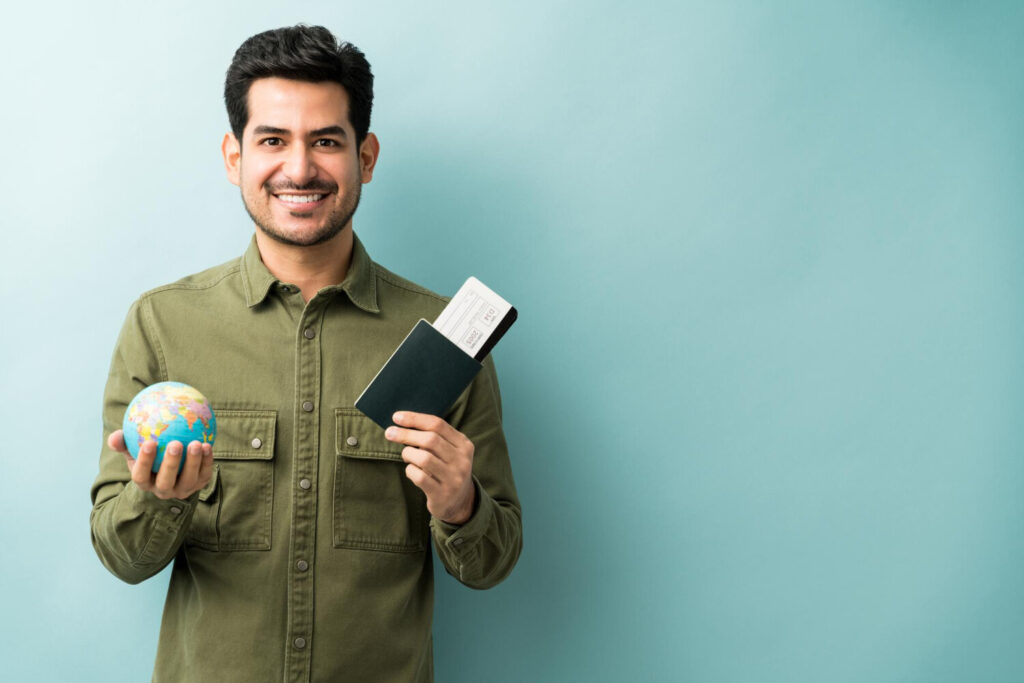Holi A Festival of Colours in India
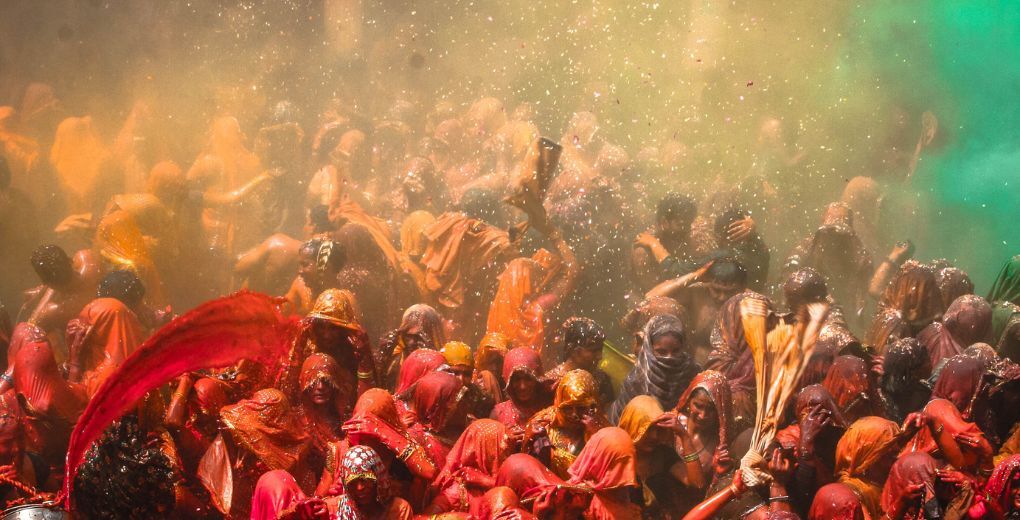
Know About the Festival of Colours in India
Introduction
Holi is one of the most vibrant and joyous festivals celebrated in India and across the world. It is a time when people come together to celebrate the arrival of spring, bid farewell to winter, and rejoice in the spirit of unity and love. With its colourful powders, water fights, and music, Holi has become increasingly popular and has captured the hearts of people from different cultures and backgrounds.
In this comprehensive guide, we will explore the rich cultural tradition of the Holi Festival, its significance, its rituals, and the best ways to celebrate this joyous occasion. Whether you are planning to participate in Holi for the first time or simply want to learn more about this incredible festival, this guide will provide you with all the information you need to have a memorable and meaningful Holi experience.
When is Holi in 2024?
Holi, a festival of colors, is celebrated on Monday, March 25, 2024, in India. It is celebrated on the full moon day of the Hindu month of Phalgun Mass, and Holika Dahan will be marked on Sunday, March 24, 2024.
Understanding the Significance of the Holi Festival In India
Know About Holi Festival Rituals
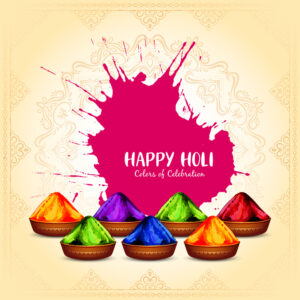
Holi, also known as the Festival of Colours, holds deep cultural and religious significance in India. This ancient festival is rooted in Hindu mythology and is associated with various legends and stories.
One of the most popular tales behind Holi is the story of Prasad and Holika. Prasad, a young devotee of Lord Vishnu, was saved from the evil intentions of his father’s sister, Holika, who was immune to fire. As the story goes, Holika tried to burn Prasad in a fire, but he emerged unscathed while she perished.
The festival is celebrated to commemorate this victory of good over evil and to embrace the spirit of unity, love, and forgiveness. Holi is also considered a time to reset relationships, mend broken bonds, and begin afresh. It is a time to let go of past grievances and come together in harmony and joy.
In addition to its religious significance, Holi is also celebrated as the arrival of spring, making it a time to rejoice and bid farewell to the cold and gloomy winter. The festival marks the onset of new beginnings and is celebrated with great enthusiasm and zeal.
Now that we have understood the significance behind the Holi Festival, let’s dive into the various rituals and traditions associated with this vibrant celebration in the next section.
Exploring the Historical Background of the Holi Festival
Story Behind the Holi Festival in India
To truly understand and appreciate the richness of the Holi Festival, it is important to delve into its historical background. Holi dates back thousands of years and has its roots in ancient Hindu scriptures and legends.
The earliest mention of Holi can be found in the ancient religious texts of the Puranas, specifically the Bhagavata Purana. This text narrates the story of Lord Krishna playing Holi with Radha and the gopees (cowherd girls) in the village of Vrindavan.
According to the legend, Lord Krishna, known for his mischievous nature, approached his mother Yashoda, complaining about the stark difference in skin color between himself and Radha. In response, Yashoda jokingly suggested that he could change Radha’s complexion by applying colours to her face. Intrigued by the idea, Krishna playfully smeared colors on Radha and the gopees, creating a joyful and colorful atmosphere.
This playful act of Lord Krishna became an integral part of the Holi Celebrations and symbolizes the divine love shared between Radha and Krishna. It represents the unity and oneness that exists between all beings, transcending boundaries of caste, creed, and color.
As the Holi Festival evolved over centuries, it incorporated various customs and traditions from different regions of India. Each region has its own unique way of celebrating Holi, making it a diverse and colorful festival across the country.
In the next section, we will explore the different regional variations of Holi and the customs associated with them. Stay tuned to uncover the diverse tapestry of Holi traditions in India.
The Rituals and Customs Associated with Holi.
A Holi is Festival of Love
As we delve deeper into the cultural traditions of Holi, People give Holi Wishes to everyone. it is important to explore the rituals and customs associated with this vibrant festival. Holi is not just about playing with colours, but also about various symbolic actions that hold deep significance.
One of the most iconic rituals of Holi is the lighting of a bonfire the night before the main celebration. Known as Holika Dahan, this ritual symbolizes the victory of good over evil. It commemorates the story of Prahlad, a devotee of Lord Vishnu, and his miraculous escape from the demoness Holika. People gather around the bonfire, sing hymns, and offer prayers, praying for their troubles to burn away with the fire.
On the day of Holi, the festival truly comes alive with the playful throwing of colored powders and water. This joyful act brings people together, regardless of their social or cultural backgrounds, and promotes a sense of unity and harmony.
Another custom associated with Holi is the exchange of sweets and delicacies. Families and friends come together to share delicious treats like Gujiyas, Malpuas, and Thandai, enhancing the joyous atmosphere of the festival.
Stay tuned as we explore more enthralling rituals and customs of Holi in the upcoming sections, unravelling the true beauty and diversity of this ancient festival.
Traditional Holi Food, Drinks, and Holi Images
What To Eat on Holi on India?
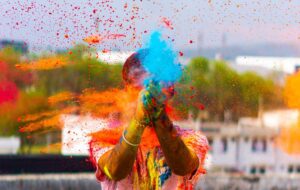
Traditional Holi food and drinks play a significant role in enhancing the festivities and adding Flavors to the celebration. As the joyous atmosphere fills the air, families, and friends come together to indulge in delicious treats that are unique to this festival.
One of the most popular Holi foods is gujiyas. These sweet dumplings are made from maida (all-purpose flour) and stuffed with a mixture of khoya (milk solids), sugar, nuts, and cardamom. Deep-fried to perfection, gujiyas are a delight to the taste buds and are often accompanied by a sprinkle of powdered sugar. And give Holi messages to everyone.
Another favorite Holi delicacy is malpuas. These delectable pancakes are made from a batter of khoya, flour, and semolina, which is then fried until golden brown. Served drizzled with thick sugar syrup or rabri (sweet condensed milk), malpuas are a rich and indulgent treat.
To quench the thirst on this colorful day, Holi is also known for the traditional drink called thandai. This refreshing beverage is made from a blend of milk, almonds, melon seeds, poppy seeds, cardamom, and rose petals. It is traditionally served in earthen pots, adding a rustic touch to the festivity.
In the upcoming sections, we will delve deeper into the traditions and customs that revolve around Holi food and drinks. Get ready to explore the culinary delights and savor the flavors that make Holi a truly unforgettable experience.
Popular Forms of Holi Celebrations Around the World
Holi Festival is a Part of Culture
As we continue our exploration of the rich cultural tradition of the Holi Festival, let’s take a closer look at the various forms of celebrations that take place around the world. While Holi is primarily associated with India, its vibrant and joyous spirit has transcended borders and is now celebrated in many countries across the globe.
In countries like Nepal, Bangladesh, and Sri Lanka, Holi, known as “Fagu Purnima,” is commemorated with much enthusiasm and reverence. The festivities include bonfires, music, dance, and the traditional throwing of colored powders and water. The streets come alive with laughter, music, and a sense of unity as people come together to celebrate the triumph of good over evil.
In recent years, Holi has gained popularity in Western countries, making it a multicultural celebration. Cities like London, New York, and Sydney host grand Holi events, attracting people from different cultures and backgrounds. These multicultural celebrations bring together people of all ages and faiths, fostering unity and spreading the message of peace and inclusivity.
The Holi festival has undoubtedly evolved into a global phenomenon, transcending boundaries and bringing people together in the name of joy and celebration. In the next section, we will delve deeper into the cultural significance of Holi and explore its rich history. Stay tuned for more insights into this colorful festival!
The Impact of Holi Festival on Cultural Exchange
The impact of the Holi Festival on cultural exchange cannot be understated. Over the years, as the popularity of Holi has spread across the globe, it has become a significant platform for cultural exchange and understanding.
The festival has created opportunities for people from different backgrounds to come together and experience the vibrant and inclusive spirit of Holi. Through multicultural celebrations held in various cities around the world, individuals from diverse cultures and faiths have had the chance to participate in Holi festivities and gain a deeper understanding of Indian culture.
Likewise, Indians living abroad also get to share their traditions with their new communities, creating a bridge between cultures.
The exchange of ideas, traditions, and experiences that takes place during Holi celebrations contributes to a wider appreciation and respect for cultural diversity. It fosters a sense of unity, as people come together to embrace the joy of Holi, regardless of their backgrounds.
In the following section, we will highlight some of the unique customs and rituals associated with Holi Celebrations in different regions of India. Stay tuned to discover the fascinating variations that exist within this colorful festival!
Precautions and Safety Measures During Holi
Precautions and Safety Measures During Holi
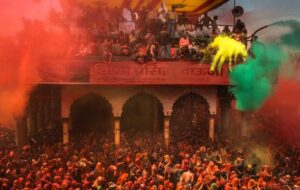
While Holi is a joyous festival filled with colors and celebration, it is important to prioritize safety during the festivities.
Here Are Some Precautions and Safety Measures You Should Keep in Mind:
- Use Natural and Eco-Friendly Colors: Opt for natural or organic colors made from flowers or herbs. Avoid using synthetic or chemical-based colors, as they can cause skin irritations and allergies.
- Protect Your Skin: Apply a generous amount of oil or moisturizer on your skin and hair before venturing out to play Holi. This will create a protective barrier and make it easier to remove colors later.
- Take Care of Your Eyes: Wear sunglasses or protective eyewear to shield your eyes from coloured powders or water. In case the colours come in contact with your eyes, rinse them immediately with cold water and seek medical assistance if necessary.
- Dress Appropriately: Wear old and comfortable clothes that cover your body to protect your skin from direct exposure to colours and harmful substances. Avoid wearing contact lenses, as they can trap colours and irritate your eyes.
- Stay Hydrated: Drink plenty of water throughout the day, especially if you are playing Holi outdoors in the sun.
- Be Cautious with Water Balloons and Water Guns: While playing with water balloons and guns can be fun, use them responsibly and avoid targeting sensitive areas or individuals who do not wish to participate.
By following these precautions and safety measures, you can ensure a safe and enjoyable Holi experience for yourself and others. Now, let’s continue our exploration of the unique customs and rituals associated with Holi celebrations in different regions of India in the next section!
Preserving and Promoting the Rich Cultural Tradition of Holi
Beyond the vibrant colors and playful festivities, Holi holds a significant cultural and historical importance in India. With its roots tracing back centuries, it is essential to preserve and promote the authentic traditions associated with this festival.
One way to support the rich cultural tradition of Holi is by educating oneself about its history and significance. Understanding the legends and mythological tales behind the festival enables us to appreciate it on a deeper level. Familiarize yourself with the stories of Lord Krishna, Radha, and the Gopi, as they are central to the festival’s origins.
Additionally, it’s vital to respect the customs and rituals that different communities follow during Holi. Every region in India has its unique way of celebrating, with specific songs, Dances, and customs. By embracing and honoring these diverse traditions, we contribute to the preservation and promotion of Holi‘s cultural significance.
Participating in community events and engaging with local artisans who create traditional Holi crafts such as Pichkari (water guns) and Gujhiyas (sweet snacks) is another way to support the rich cultural tradition of Holi. By purchasing these handmade items, we help sustain the livelihoods of these craftsmen, ensuring their unique skills are passed down to future generations.
In the following section, let us delve deeper into the fascinating customs and rituals associated with Holi Celebrations in different regions of India.
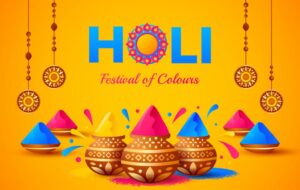
Conclusion
In conclusion, Holi is not just a festival of colors but a celebration of culture, history, and tradition. By educating ourselves about the festival’s origins, understanding the stories and legends associated with it, and respecting the diverse customs and rituals followed in different regions, we can truly appreciate the richness of Holi’s cultural significance.
Moreover, actively participating in community events and supporting local artisans who create traditional Holi crafts helps preserve and promote this rich cultural tradition. By doing so, we ensure that future generations can continue to experience the authenticity and beauty of Holi.
In the next section, we will explore the captivating customs and rituals of Holi Celebrations in different regions of India. Get ready to discover the remarkable diversity and unique traditions that make Holi a truly extraordinary festival.
FAQ
- When is Holi in 2024?
- What is the date of Holi in 2024?
- What is the festival of March 24, 2024?
- what is the Holika Dahan 2024 Date?


